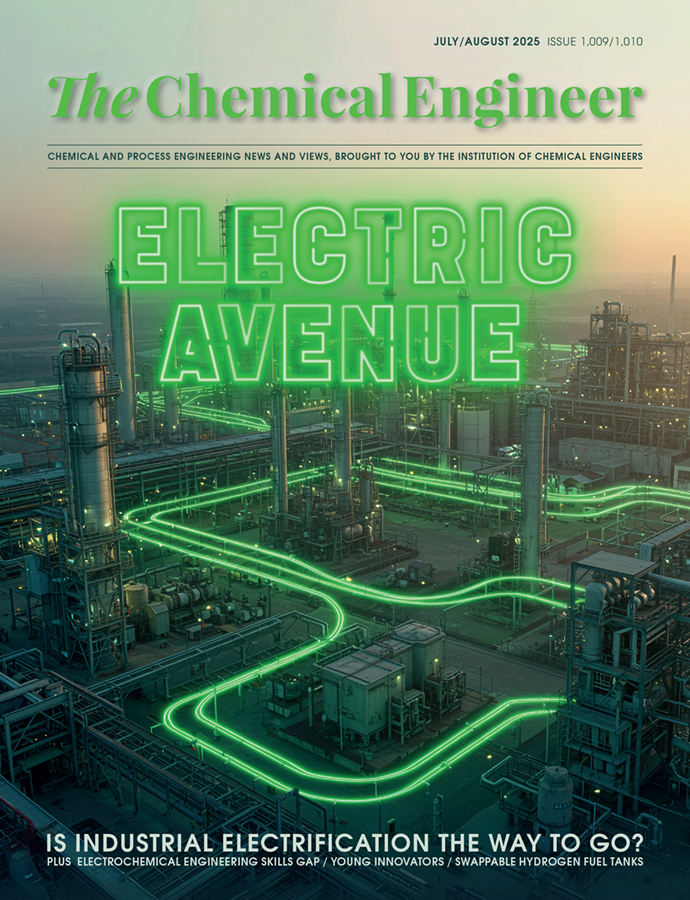US government closes on US$1.5bn loan for Indiana coal-fed ammonia plant with carbon capture

THE US Department of Energy (DOE) has finalised a US$1.5bn loan to support construction of a coal-fed ammonia plant with integrated carbon capture and storage (CCS).
Wabash Valley Resources (WVR) plans to bring the facility online in 2028, producing around 500,000 t/y of anhydrous ammonia at its West Terre Haute, Indiana site – a former coal gasification power plant that has been idle since 2016.
The DOE loan, secured in 2024 under the previous US administration, followed two federal grants worth US$66m between 2018 and 2020, while total investment in the project currently stands at US$2.6bn.
WVR’s ammonia will primarily supply fertiliser to the eastern corn belt – spanning Illinois, Indiana and Ohio – a region that has long relied on imports from Canada. The company expects the new plant to replace around half of the fertiliser currently imported into these three states. WVR CEO Dan Williams said the company’s goals were to “strengthen America’s fertiliser supply chain by reducing dependence on imports and advancing cleaner, more efficient production”.
WVR says the project will provide over 100 permanent jobs at the site – double the number lost when the power station closed in 2016, but fewer than the 250 when the plant was at its peak.
Ammonia production is one of the world’s most energy intensive processes, accounting for around 2% of energy consumption globally. WVR’s process will use coal gasification to produce hydrogen before reacting it with air to form ammonia. The plant will use technology provided by Honeywell to capture and permanently store 1.65m t/y of CO2 emissions around 1.6 km underground. The project will serve as Indiana’s official pilot for commercial demonstration of CCS technology. WVR confirmed that ammonia production and carbon capture will be started simultaneously.
Capturing emissions from coal-fed processes is more challenging than from natural gas, as coal contains chemical impurities that complicate CO2 purification and make safe pipeline transport more difficult. Honeywell’s system will use fractionation to separate hydrogen and CO2 from the coal tail gas, followed by a pressure swing adsorption unit to capture and sequester the CO2. However, its expected capture rate of 80% is lower than that of many industrial carbon capture projects, which often advertise theoretical rates of 90% or higher. Carbon capture systems typically use amine solvents, but these are unsuitable for emissions from coal since they can react with the coal impurities. Honeywell’s technology at WVR will not use amine solvents.
A Honeywell spokesperson said: “We work closely with our customers to ensure that the deployed technologies meet the necessary carbon dioxide purity requirements for safe transport and storage.”
Emission statement
Ammonia production generates 2.4 tCO2 for every tonne of product – nearly twice the emissions intensity for steel production and three times the intensity for cement production.
According to the International Energy Agency (IEA) around 70% of global ammonia production is used for fertiliser, with population and economic growth expected to drive demand up by nearly 40% by 2050. However, the IEA says that to reach international net zero targets, total emissions from ammonia must fall from 450m t currently to 17m t by 2050.
Ammonia production is also very resource intensive. Around 70% is produced through steam methane reforming using natural gas as feedstock, while the remainder is largely produced from coal gasification. The latter requires 75m t of coal annually, accounting for 5% of industrial coal demand worldwide.
Recent Editions
Catch up on the latest news, views and jobs from The Chemical Engineer. Below are the four latest issues. View a wider selection of the archive from within the Magazine section of this site.




